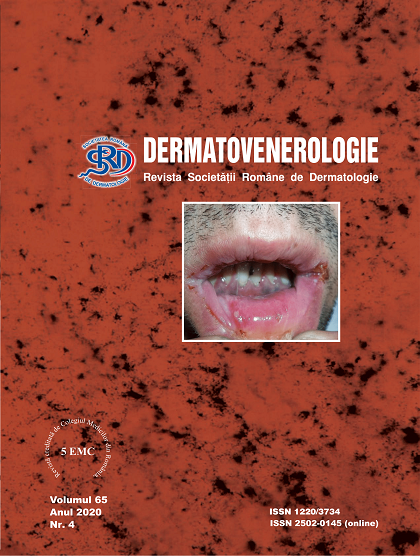Summary
Acne vulgaris is a highly prevalent inflammatory disease, which affects predominantly young adults. The infectious factor, along with the hypersecretion of sebum with altered lipid composition, the abnormal proliferation and differentiation of keratinocytes in the hair follicle, as well as the inflammasome activation with the infiltration of immune cells into the perifollicular dermis are considered to play an essential part in the pathophysiology of acne vulgaris. It has been shown that Cutibacterium acnes is the most prevalent and abundant bacterial species on the skin with the highest presence in sebaceous gland-rich skin. Furthermore, Cutibacterium acnes has many interactions with key events involved in the pathogenesis of acne, including: host inflammation, augmentation of lipogenesis, comedo formation and biofilm production. This article’s purpose is to emphasize the correlations between the skin microbiome and acne vulgaris by describing the complex effects that Cutibacterium acnes and other bacterial species exert on the sebaceous follicle.


